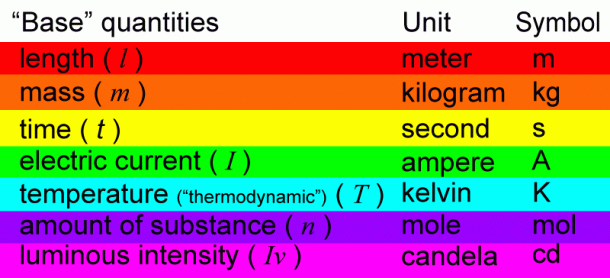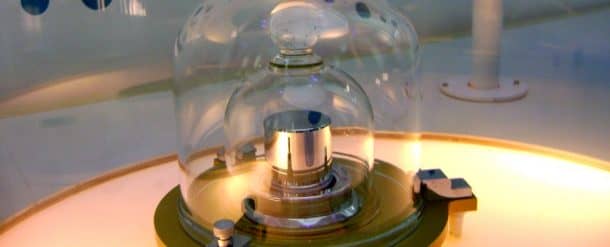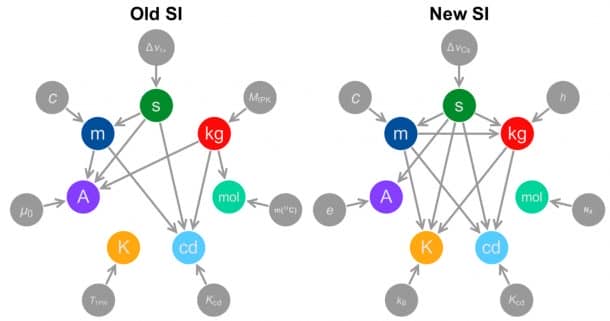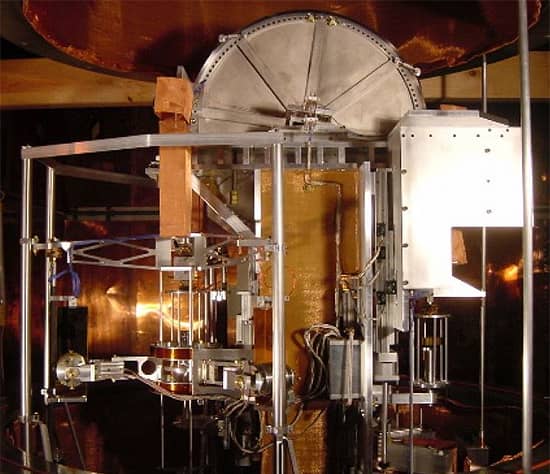We are finally going to get a much-needed upgrade on our units systems by the end of 2018. As per the new proposal, all seven basic units of measurement will be redefined using constant properties of nature e.g. the speed of light while forgoing the current subjective values.
The change has been proposed after the problems in accuracy of the current system of measurement, most notably in the value of the kilogramme. Currently, the kilogramme is thought of as 1,000 grammes or 2.2 pounds, and its value depends entirely on the International Prototype Kilogram (IPK), or ‘Le Grand K’, which is a solid chunk of 90 percent platinum and 10 percent iridium placed in a glass vault in France.

The problem is that although all the kilogramme replicas depend on this chunk, the original itself is subject to change over time. In the last decades, the solid’s mass has slightly increased despite all the efforts of keeping it isolated, much to the ire of the scientists as all of their calculations are based on the kilogramme remaining constant.
So given this problem, the International Committee for Weight and Measurements has formally proposed new definitions for the SI base units which will be finalised at the 26th General Conference on Weights and Measures towards the end of 2018.
Besides the kilogramme, four other units of measurement will be getting an upgrade, and the other three will also be slightly changed under the new proposal.

This overhaul has taken over 50 years since the scientists struggle to gain a consensus on the value of Planck’s constant, which relates to a particle’s energy compared to its frequency. The value had been disputed for a long time, but in 2014, researchers finally reached an agreement on the value of Planck’s constant, which means the SI units overhaul can finally be materialised.
The unit of current, Ampere will also be getting an overhaul. The current definition of the ampere is as follows:
“An ampere is the current that, when flowing through two infinitely long, infinitely thin wires that are placed exactly 1 metre apart, would produce a certain amount of force.”
The problem is self-evident from the statement, as infinitely long and thin wires are impossible to produce, meaning no one really knows what the exact value of the 1 ampere should be. Under the new proposal, an ampere will be defined based on the amount of the electrical charge of the electron and the proton, which is objectively measurable.
The Kelvin, currently defined as the triple point of water; will be redefined by linking it to the exact value of the Boltzmann constant. Mole will also be redefined by using the Avogadro constant.

In the image above, C is the speed of light (defining a metre), ??Cs is the tick of a caesium atom clock (defining a second), h is the Planck’s constant (defining a kilogram), NA is the Avogadro constant (defining a mole), Kcd is luminous efficacy (defining candela, unit of light intensity), kB is the Boltzmann constant (defining a Kelvin), and e is the elementary charge (defining an ampere).
So how will this change our daily lives? To be honest, not by much, as these changes are very minute to effect our day to day proceedings. But for the scientists, this is a pretty huge deal and a “once in a lifetime event”.
Stephan Schlamminger of the US National Institute of Standards and Technology, said in an interview, “There’s this hairline crack in the foundation, and you cannot build your building of physics on that foundation. The new units will be based on the modern understanding of physics, including the laws of quantum mechanics and Einstein’s theory of special relativity.”

This is an important overhaul, as it will increase the accuracy of calculations for the researchers while fending off the need to redefine the values again for a long time, until and unless we suddenly discover that the constants of nature e.g. the speed of light and Planck’s constant are variables.


